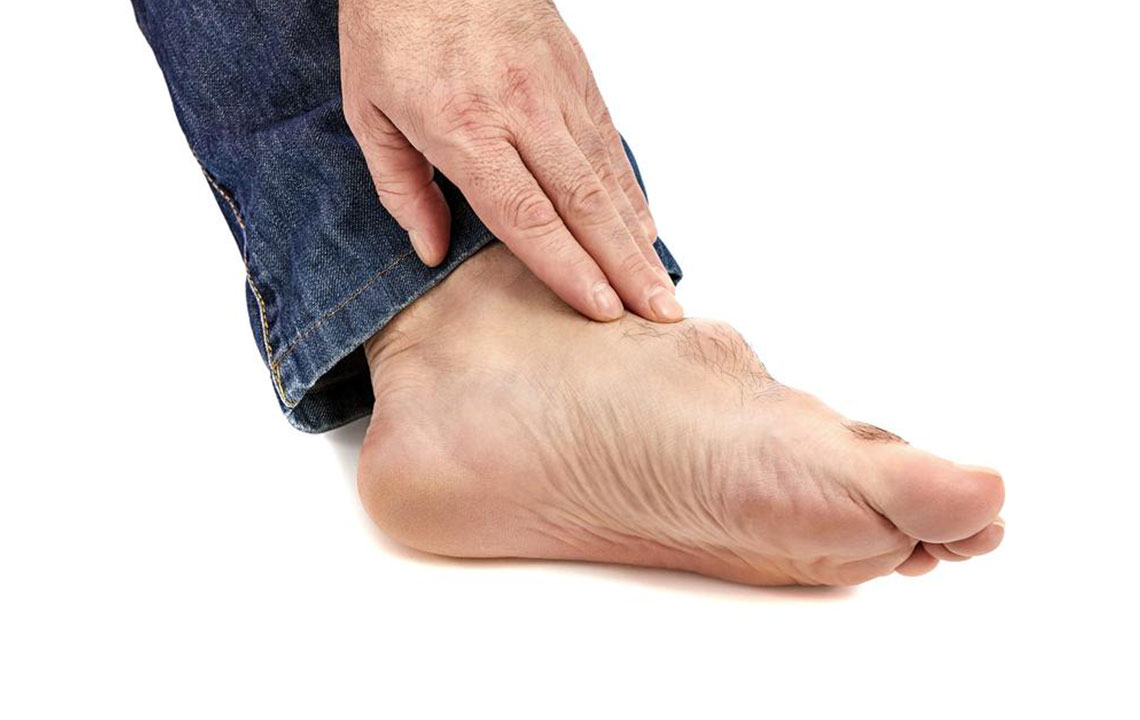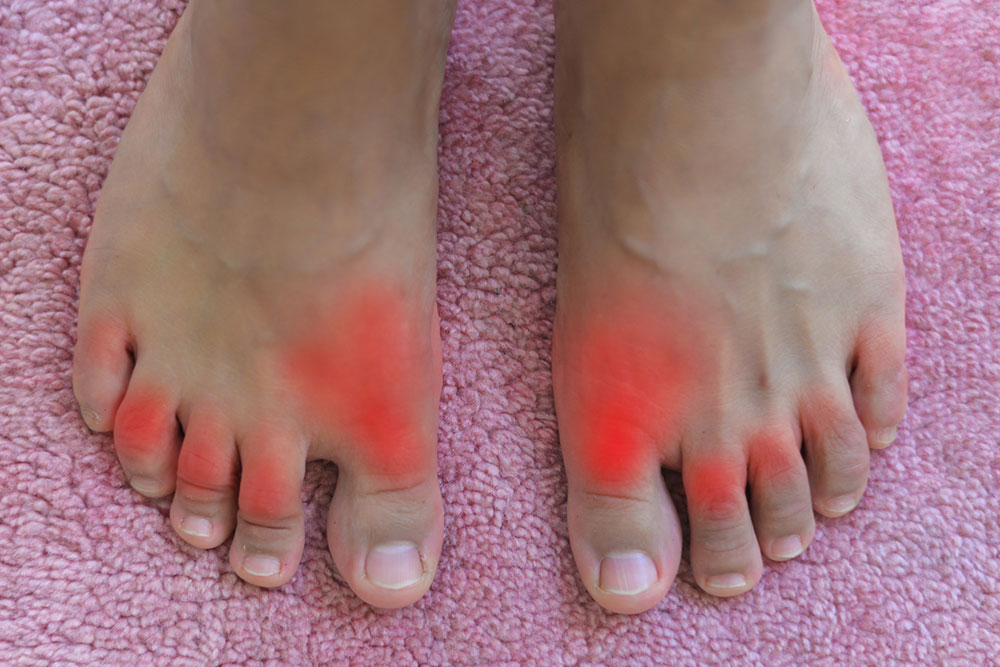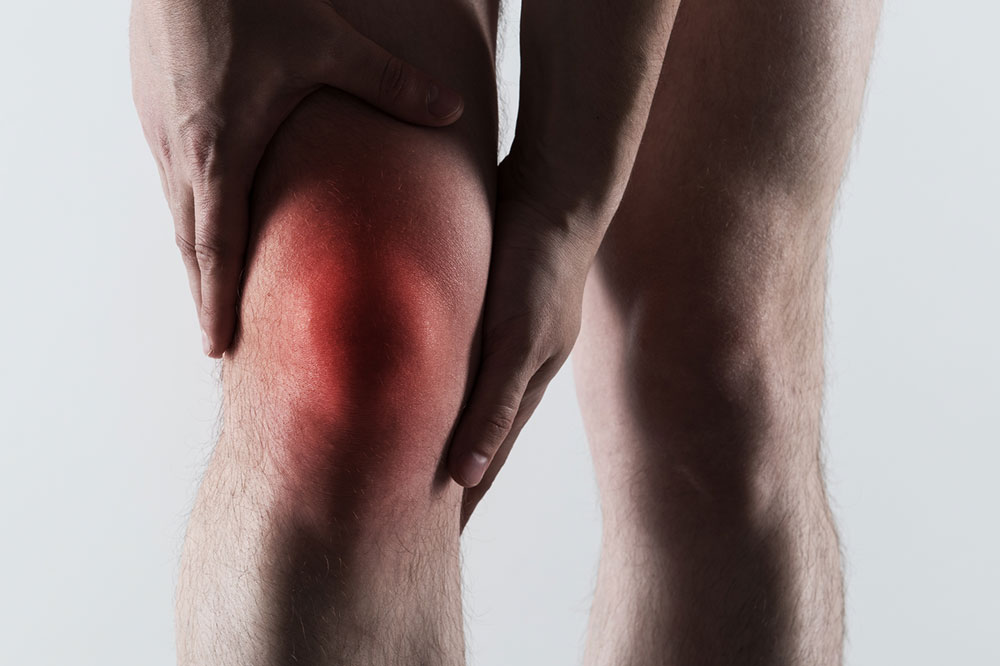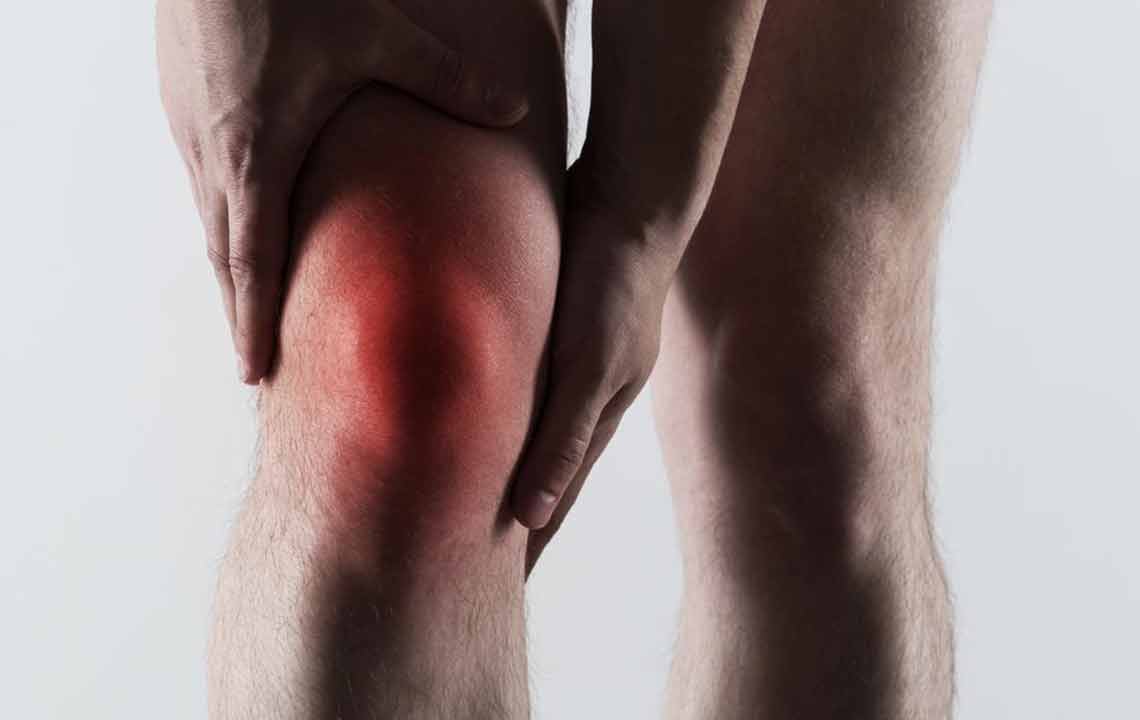Comprehensive Guide to Gout: Symptoms, Causes, and Effective Management Strategies
This comprehensive guide explores gout's symptoms, causes, and management options. Learn how lifestyle changes, medications, and home remedies can help control this painful joint condition and prevent future attacks. Early recognition and treatment are crucial for maintaining joint health and improving quality of life.

Comprehensive Guide to Gout: Symptoms, Causes, and Effective Management Strategies
Gout is a widespread and often painful form of inflammatory arthritis that has affected humans for centuries. Understanding this condition is essential for effective management and prevention. Gout occurs when uric acid, a natural waste product in the body, crystallizes and deposits in joints and tissues, leading to severe pain and inflammation. This article provides an in-depth look at the signs and symptoms of gout, its underlying causes, risk factors, and the most effective treatment options—ranging from lifestyle modifications to medical interventions. Equipped with this knowledge, individuals can better recognize symptoms early and adopt strategies to control and prevent gout flares, ultimately improving their quality of life.
What is Gout?
Gout is a form of inflammatory arthritis characterized by sudden and intense episodes of joint pain, swelling, and redness. It predominantly affects the big toe but can also involve other joints such as the ankles, knees, wrists, and fingers. This condition arises from an accumulation of uric acid in the blood, a phenomenon known as hyperuricemia. When uric acid levels in the blood become too high, the excess may crystallize in joints and surrounding tissues, causing inflammation and pain. While gout has been documented throughout history, associated with various medical conditions and lifestyle factors, it remains one of the most common joint disorders worldwide.
Understanding the Pathophysiology of Gout
The development of gout is closely tied to the body's ability to regulate uric acid. Normally, uric acid is dissolved in the blood and eliminated through the kidneys via urine. However, when the body produces too much uric acid or the kidneys fail to eliminate enough of it, uric acid levels rise. The excess uric acid can then crystallize, forming sharp, needle-like crystals that embed in joint linings. This leads to an inflammatory response, characterized by redness, swelling, heat, and excruciating pain.
Recognizing Gout: Common Symptoms and Signs
Early recognition of gout symptoms is crucial for prompt treatment and preventing joint damage. Typical signs include:
Sudden, intense joint pain—often occurring at night, the pain can be severe and disabling.
Warmth and redness—the affected joint feels hot and appears inflamed, with reddish discoloration in the skin.
Swelling and tenderness—the joint becomes swollen and tender to touch, making even mild pressure uncomfortable.
Limited joint mobility—due to pain and swelling, movement becomes restricted.
Usually, gout attacks develop suddenly and can last from a few hours to several days. Repeated episodes may become more frequent and affect multiple joints, leading to a chronic form of gout called tophaceous gout. The presence of tophi—firm, uric acid nodules under the skin—is indicative of advanced disease. These deposits are often visible around joints, elbows, or ears.
Risk Factors for Developing Gout
Various factors can increase the likelihood of developing gout, including:
Genetics: A family history of gout can predispose individuals to the condition.
Diet: Consuming foods high in purines—such as red meats, organ meats, shellfish, and certain fish—raises uric acid levels.
Alcohol Consumption: Beer, wine, and spirits can interfere with uric acid elimination, increasing risk.
Obesity: Excess body weight promotes uric acid production and impairs kidney function.
Medical Conditions: Hypertension, diabetes, renal insufficiency, and metabolic syndrome are linked to higher gout risk.
Medications: Diuretics, aspirin (in low doses), and certain immunosuppressants can elevate uric acid levels.
Management and Treatment of Gout
Managing gout involves a combination of lifestyle changes, dietary adjustments, and medication. Early intervention is critical to reduce inflammation, prevent joint damage, and decrease the frequency of flare-ups.
Lifestyle Modifications and Dietary Recommendations
Hydration: Drinking 2 to 4 liters of water daily helps dilute uric acid and promotes its excretion.
Weight Management: Maintaining a healthy weight reduces uric acid production and alleviates stress on joints.
Dietary Control: Limit intake of high-purine foods such as red meats, organ meats, and certain seafood. Prioritize low-purine options like vegetables, whole grains, and dairy products.
Alcohol Avoidance: Abstain from alcohol, especially beer and spirits, which can elevate uric acid levels.
Limit Sugary Foods and Beverages: Avoid sodas and processed foods high in fructose that may contribute to hyperuricemia.
Medical Treatments for Gout
Pharmacological interventions are essential for controlling uric acid levels and managing acute attacks. These treatments follow specific strategies:
1. Uric Acid Lowering Drugs
The cornerstone of gout management involves medications that reduce uric acid production or increase its elimination:
Allopurinol and Febuxostat: Xanthine oxidase inhibitors that decrease uric acid synthesis.
Pegloticase: An enzyme that breaks down uric acid in severe, refractory cases.
Probenecid: Enhances uric acid excretion via the kidneys.
2. Preventive Medications
During initial treatment phases, preventive drugs help reduce the chance of flare-ups:
NSAIDs: Such as indomethacin, ibuprofen, diclofenac, or naproxen to decrease inflammation.
Colchicine: Reduces joint inflammation when taken at the first sign of an attack.
3. Emergency Pain Relief
During acute gout attacks, corticosteroids are often prescribed:
Prednisone or Methylprednisolone: Quickly suppress inflammation and alleviate pain.
Alternative and Home Remedies
Alongside medical treatments, various home remedies can help manage symptoms and ease discomfort:
Apple Cider Vinegar: Believed to alkalize the body, aiding in uric acid reduction. Soaking the affected area in warm water with vinegar or applying vinegar-soaked cloths may provide relief.
Baking Soda: Dissolving half a teaspoon in a glass of water can neutralize body acidity; however, consultation with a healthcare provider is advised before use.
Cherries and Cherry Juice: Rich in antioxidants, consuming 15–20 cherries daily or drinking cherry juice has been linked to lowered uric acid levels and decreased gout attacks.
Ginger and Turmeric: Both possess natural anti-inflammatory properties. They can be added to teas, smoothies, or taken as supplements.
Lemon Juice: High in vitamin C, which supports uric acid metabolism. Drinking lemon water daily, especially with a pinch of baking soda, can be beneficial.
Prevention of Gout Attacks
The key to preventing episodes involves sustained lifestyle adjustments and regular medical checkups. Maintaining optimal uric acid levels through medication adherence and diet management can significantly reduce the occurrence and severity of attacks. Additionally, avoiding known triggers like excessive alcohol, high-purine foods, and dehydration is vital.
The Future of Gout Management
Ongoing research aims to improve gout treatments, focusing on personalized medicine, novel uric acid-lowering agents, and minimally invasive therapies. Advances in understanding the genetic and molecular basis of hyperuricemia hold promise for more targeted and effective interventions, reducing the burden of this painful condition.
In conclusion, gout is a manageable condition with the right combination of medication, lifestyle changes, and home remedies. Recognizing symptoms early and seeking medical advice can prevent joint damage and enhance overall health and well-being. If you suspect you have gout or experience recurrent joint pain, consult a healthcare professional promptly for tailored treatment strategies.





